
Introduction
Sodium cyanide (NaCN) is a highly toxic and hazardous chemical compound that has drawn significant attention due to its potential to cause severe harm to both human health and the environment. It is widely used in various industrial processes, such as mining, electroplating, and chemical synthesis. However, improper handling, storage, or accidental release of Sodium cyanide can lead to disastrous consequences. This article aims to comprehensively analyze the toxicity of Sodium Cyanide and its Environmental impact.
Toxicity of Sodium Cyanide
Mechanism of Toxicity
The extreme toxicity of sodium cyanide primarily stems from the Cyanide ion (CN⁻). Once ingested, inhaled, or absorbed through the skin, the cyanide ion rapidly binds to cytochrome c oxidase, an enzyme complex in the mitochondria of cells. This binding disrupts the normal electron transport chain, inhibiting cellular respiration. As a result, cells are unable to utilize oxygen effectively, leading to a state of cellular asphyxiation. Even a small amount of sodium cyanide can quickly interfere with the body's vital functions at the cellular level.
Acute Toxicity to Humans
Exposure to sodium cyanide can cause acute poisoning with a wide range of symptoms. Inhalation of cyanide gas or dust can lead to immediate respiratory distress, rapid breathing, and a feeling of suffocation. Ingestion of sodium cyanide may result in symptoms such as nausea, vomiting, abdominal pain, and a bitter almond odor on the breath, which is a characteristic sign of cyanide poisoning. As the poisoning progresses, there can be loss of consciousness, convulsions, and ultimately, cardiac arrest and death. The lethal dose of sodium cyanide for humans is extremely low, often in the range of 50 - 250 milligrams, depending on factors such as body weight and the route of exposure.
Chronic Toxicity
Long - term, low - level exposure to sodium cyanide can also have chronic effects on human health. It may affect the nervous system, leading to symptoms such as headaches, dizziness, memory impairment, and nerve damage. Chronic exposure can also impact the cardiovascular system, causing blood pressure irregularities and potential long - term damage to the heart muscle. Additionally, repeated exposure may weaken the immune system, making individuals more susceptible to diseases.
Environmental Impact of Sodium Cyanide
Fate in the Environment
When sodium cyanide is released into the environment, it undergoes various processes. In water, it can dissociate into cyanide ions. Cyanide ions are relatively reactive and can interact with other substances. In the presence of sunlight and certain microorganisms, cyanide can be oxidized to less toxic forms such as cyanate (CNO⁻). However, this oxidation process can be slow, and in anaerobic conditions, cyanide may persist in the water for a longer time. In soil, sodium cyanide can adsorb to soil particles, and its mobility depends on factors such as soil type, pH, and organic matter content.
Impact on Aquatic Ecosystems
Sodium cyanide is highly toxic to aquatic organisms. Even at low concentrations, it can cause significant harm to fish, invertebrates, and other aquatic life. Cyanide inhibits the respiratory enzymes in aquatic organisms, leading to oxygen deficiency and ultimately death. Aquatic plants can also be affected, as cyanide may interfere with their photosynthetic processes. In addition, the presence of sodium cyanide in water bodies can disrupt the entire food chain. For example, the death of small invertebrates due to cyanide poisoning can lead to a lack of food for larger organisms that rely on them, causing a cascading effect throughout the ecosystem.
Impact on Terrestrial Ecosystems
In terrestrial ecosystems, sodium cyanide can contaminate soil, which may have adverse effects on plants. It can inhibit root growth and nutrient uptake in plants, leading to stunted growth and reduced crop yields. Soil microorganisms, which play crucial roles in nutrient cycling and soil fertility, can also be severely affected by cyanide. The presence of sodium cyanide in soil may kill beneficial bacteria and fungi, disrupting the normal soil ecosystem processes. This can further impact the long - term health and productivity of the soil.
Air Pollution and Atmospheric Impact
If sodium cyanide is released in a form that allows it to volatilize into the air, such as in industrial accidents involving the release of cyanide - containing gases, it can pose a significant threat to air quality. Cyanide in the air can be inhaled by humans and animals in the vicinity, causing immediate health problems as described above. In the atmosphere, cyanide may react with other pollutants and contribute to the formation of secondary pollutants, although the extent of such reactions is still an area of ongoing research.
Conclusion
Sodium cyanide is a chemical compound with extreme toxicity to both human health and the environment. Its acute and chronic toxicity to humans can have life - threatening consequences, while its release into the environment can cause widespread damage to aquatic and terrestrial ecosystems. Given the potential risks associated with sodium cyanide, strict safety measures and regulations are essential in all industrial processes involving its use. Additionally, continuous monitoring of the environment for the presence of cyanide and research into more effective methods of remediation are crucial to mitigate the harmful effects of this highly toxic substance.
- Random Content
- Hot content
- Hot review content
- Flexible Customer and Supplier Relations Specialist (Location: Thailand)
- Barium carbonate 99% powder
- Fertilizer magnesium sulfate/magnesium sulfate monohydrate
- Pharmaceutical Intermediate Glycine with High Quality 99%
- Diethylene Glycol
- Sodium alpha olefin sulfonate (AOS)
- Zinc sulfate monohydrate 98% Industrial & Feed Grade
- 1Discounted Sodium Cyanide (CAS: 143-33-9) for Mining - High Quality & Competitive Pricing
- 2Sodium Cyanide 98% CAS 143-33-9 gold dressing agent Essential for Mining and Chemical Industries
- 3Sodium Cyanide 98%+ CAS 143-33-9
- 4Anhydrous Oxalic acid 99.6% Industrial Grade
- 5Oxalic acid for mining 99.6%
- 6Soda Ash Dense / Light 99.2% Sodium Carbonate Washing Soda
- 7Reagent Grade/Industrial Grade Hydrochloric Acid min.31%
- 1Sodium Cyanide 98% CAS 143-33-9 gold dressing agent Essential for Mining and Chemical Industries
- 2High Quality 99% Purity of Cyanuric chloride ISO 9001:2005 REACH Verified Producer
- 3 High-Quality Sodium Cyanide for Leaching
- 4Powdery emulsion explosive
- 5Industry Grade Electron grade 98% Sulfuric Acid H2SO4 Sulphuric Acid Battery Acid Industrial Sulfuric Acid
- 6Colloidal emulsion explosive
- 7sodium hydrosulfide 70% flakes used Mining Industry


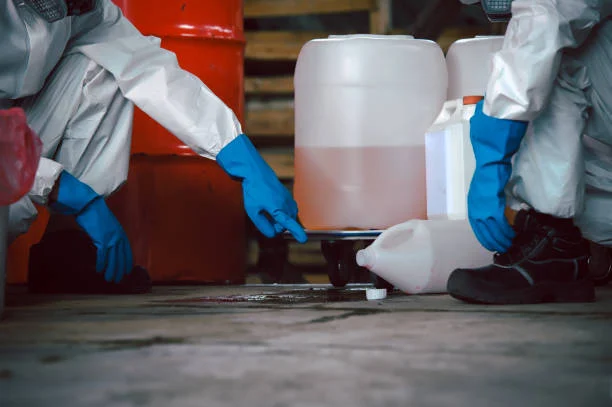
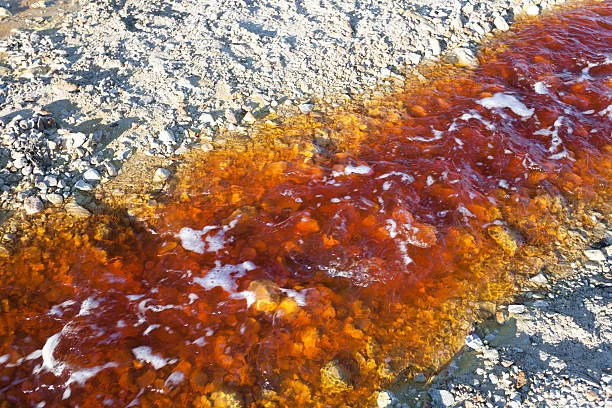

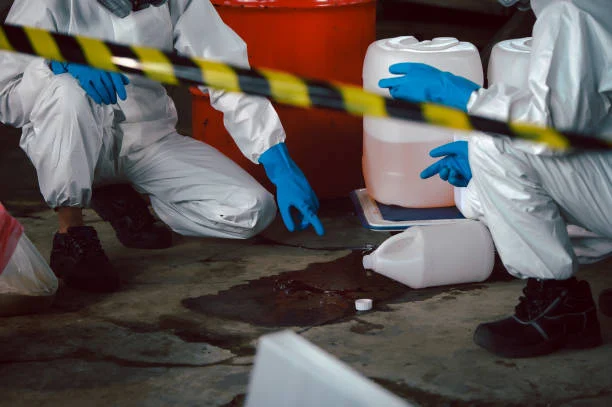

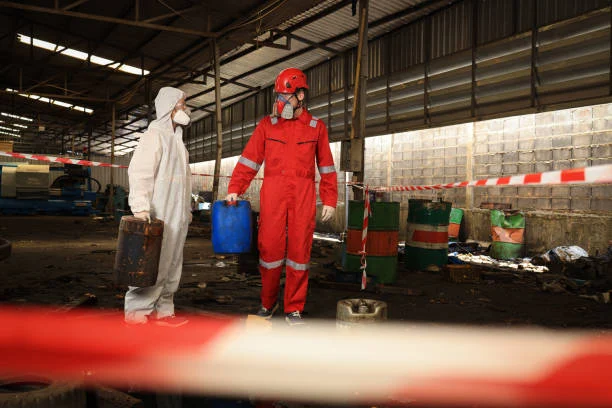

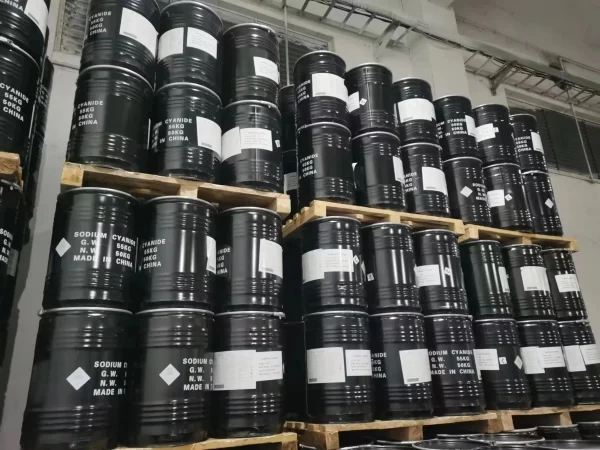


Online message consultation
Add comment: